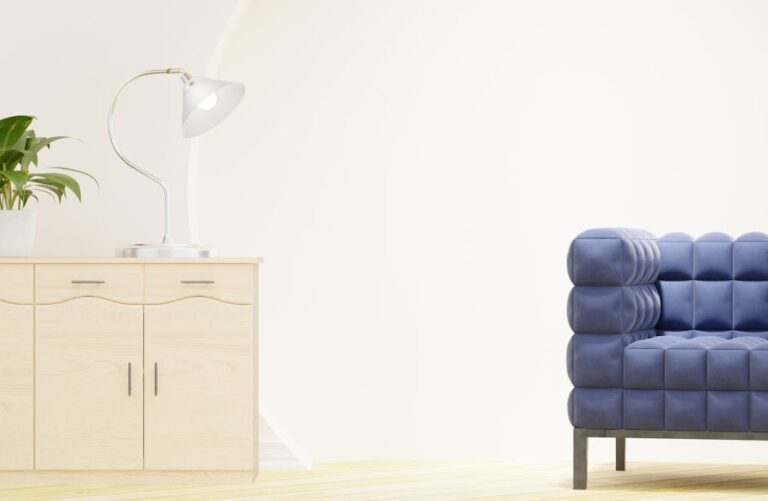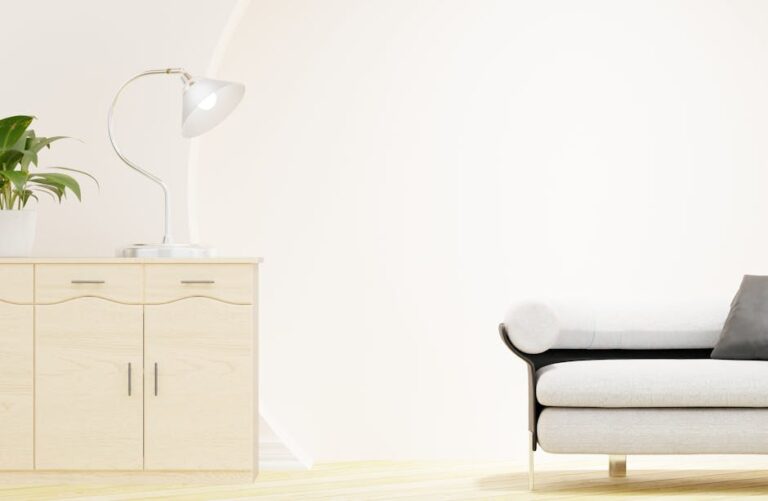
The Tangible and Intangible Burdens of Clutter: Unpacking the Impact on Well-being
Clutter, often perceived as simply disorganized physical space, exerts a far-reaching influence on our mental, emotional, and even financial well-being. Understanding the nuanced ways in which clutter affects us is the crucial first step in initiating a decluttering journey that prioritizes what truly matters. This section explores the multifaceted impact of clutter, providing insights into its tangible and intangible burdens.
Physical Health: Clutter can become a breeding ground for dust mites, mold, and other allergens, exacerbating respiratory issues like asthma and allergies. Piles of items can also pose tripping hazards, leading to falls and injuries, particularly for children and the elderly. Storing items in precarious positions increases the risk of objects falling, causing potential harm. Furthermore, cluttered kitchens may contribute to unhealthy eating habits, as disorganized pantries and refrigerators make it difficult to find healthy ingredients and track expiration dates, potentially leading to food waste and poor dietary choices.
Mental Health: The constant visual stimulation of a cluttered environment can overwhelm the brain, leading to increased stress and anxiety levels. Clutter competes for our attention, making it difficult to focus and concentrate, hindering productivity and creative thinking. The inability to find items within a cluttered space can lead to frustration and feelings of being overwhelmed, contributing to a sense of helplessness and lack of control. Studies have shown a correlation between clutter and symptoms of depression, particularly in women.
Emotional Well-being: Clutter often serves as a physical manifestation of unresolved emotional baggage. Items from the past may be kept out of sentimental value, but holding onto too many of these objects can prevent us from moving forward. Clutter can also trigger feelings of guilt and shame, particularly if it reflects a perceived lack of control or organizational skills. A cluttered home can also negatively impact social relationships, as individuals may feel embarrassed to invite guests into their living space.
Financial Implications: Clutter often leads to unnecessary spending. When we can’t find items we already own, we are more likely to purchase duplicates. Hidden items within a cluttered space can also expire or become damaged, resulting in financial losses. Furthermore, the cost of storing clutter, whether in storage units or larger homes, can add up significantly over time. A cluttered home can also hinder the ability to generate income, as it can be difficult to work effectively in a disorganized environment.
Time Management: Searching for items in a cluttered space consumes valuable time that could be spent on more productive or enjoyable activities. The constant need to navigate around clutter adds to the overall feeling of being rushed and overwhelmed. Clutter can also hinder our ability to plan and organize our lives effectively, leading to missed deadlines and appointments.
The Minimalist Mindset: Cultivating Intention and Discernment
Moving beyond simply decluttering, adopting a minimalist mindset involves a fundamental shift in perspective, focusing on intentionality and discernment in all areas of life. It’s not about deprivation, but about consciously choosing to surround ourselves with items and experiences that add genuine value and contribute to our well-being.
Defining Your Values: Identifying your core values is crucial to embracing a minimalist mindset. What is truly important to you? What activities bring you joy and fulfillment? Understanding your values will help you prioritize your possessions and declutter with purpose, retaining only those items that align with your deepest beliefs and aspirations.
Intentional Consumption: Minimalism encourages conscious purchasing decisions. Before buying anything new, ask yourself: Do I truly need this item? Will it add value to my life? Where will I store it? Consider the environmental impact of your purchases and opt for durable, sustainable products whenever possible. Avoiding impulse purchases and resisting marketing tactics are key to intentional consumption.
Appreciating Experiences Over Possessions: Shift your focus from acquiring material possessions to investing in experiences. Travel, learning new skills, spending time with loved ones, and engaging in hobbies are all valuable experiences that can enrich your life far more than accumulating more stuff. Memories and personal growth last longer than fleeting satisfaction from material objects.
Simplifying Commitments: Minimalism extends beyond physical possessions to encompass our time and energy. Simplify your schedule by saying no to commitments that don’t align with your priorities. Delegate tasks when possible and learn to prioritize your well-being by setting boundaries. A less cluttered schedule allows for more time for rest, relaxation, and pursuing passions.
Gratitude and Contentment: Cultivating gratitude for what you already have is a cornerstone of minimalism. Appreciate the items and experiences in your life, rather than constantly striving for more. Contentment fosters a sense of peace and reduces the desire for unnecessary possessions.
Digital Minimalism: The principles of minimalism can also be applied to the digital realm. Unsubscribe from unnecessary emails, curate your social media feeds, and limit your screen time. Digital decluttering can reduce distractions and improve focus, allowing for more mindful engagement with the world.
Practical Strategies for Decluttering: A Step-by-Step Approach
Decluttering can feel overwhelming, but breaking it down into manageable steps makes the process more achievable. This section provides practical strategies for decluttering different areas of your home, offering actionable advice for creating a more organized and functional living space.
Start Small: Don’t attempt to declutter your entire home at once. Begin with a small area, such as a drawer, a shelf, or a single corner of a room. Completing a small task will give you a sense of accomplishment and motivate you to continue.
The Four-Box Method: Divide your items into four categories: keep, donate, discard, and relocate. As you go through your belongings, assign each item to one of these categories. Be honest with yourself about what you truly need and use.
The 20/20 Rule: For items you’re unsure about letting go, consider the 20/20 rule. If you can replace the item in under 20 minutes for less than $20, it may be worth donating or discarding it. This rule can help you overcome sentimental attachment to less valuable items.
One-In, One-Out Rule: For every new item you bring into your home, get rid of something similar. This helps prevent clutter from accumulating over time.
Decluttering by Category: Instead of decluttering by room, try decluttering by category. For example, focus on decluttering all of your clothes, then all of your books, and so on. This approach allows you to see how much you have of each category and makes it easier to identify duplicates or unnecessary items.
The KonMari Method: This method, popularized by Marie Kondo, involves asking yourself if an item “sparks joy.” If it doesn’t, thank it for its service and let it go. This method emphasizes the emotional connection to belongings and encourages a more mindful approach to decluttering.
Digital Decluttering: Organize your computer files, delete unnecessary emails, and unsubscribe from unwanted subscriptions. Back up important data and create a system for managing digital information.
Maintenance and Prevention: Once you’ve decluttered, establish habits to prevent clutter from accumulating again. Put things away immediately after using them, regularly declutter small areas, and be mindful of your purchasing decisions.
Seek Assistance: If you’re struggling to declutter on your own, consider hiring a professional organizer or enlisting the help of a friend or family member. A fresh perspective can be invaluable in identifying and letting go of unnecessary items.
Maintaining a Clutter-Free Life: Establishing Sustainable Habits
Decluttering is an ongoing process, not a one-time event. Maintaining a clutter-free life requires establishing sustainable habits and incorporating minimalist principles into your daily routine.
Regular Decluttering Sessions: Schedule regular decluttering sessions, even if it’s just for a few minutes each day. This will prevent clutter from building up and make the process less overwhelming.
Designated Drop-Off Zone: Create a designated area in your home for items you plan to donate or discard. This will prevent these items from accumulating in other areas of your home.
Storage Solutions: Invest in storage solutions that are both functional and aesthetically pleasing. Use clear containers to easily see what’s inside and label shelves and drawers to keep everything organized.
Visual Reminders: Place visual reminders in strategic locations to encourage clutter-free habits. For example, a sign near the entryway reminding you to put away shoes and coats.
Mindful Consumption: Continue to practice mindful consumption by asking yourself if you truly need an item before purchasing it. Avoid impulse purchases and resist the urge to accumulate more stuff.
Embrace Imperfection: Don’t strive for a perfectly minimalist home. Accept that there will be times when things are a little messy. The goal is to create a living space that is functional, comfortable, and reflects your personal style, without being overwhelmed by clutter.
